Both Mungo and Menindee are located in the south west of the Australian state of New South Wales and are known for their beautiful landscapes as well as their rich Aboriginal history. The scenery of the 11 hour drive from Sydney to these two areas changes slowly from green and mountainous to green and hilly, then from yellow and flat to red and desert.
Yarradda Lagoon
About 7 hours in from Sydney, Yarradda Forest contains a small and hidden camp ground right in between the Murrumbidgee river and the Yarradda Lagoon. both abundant with bird life.
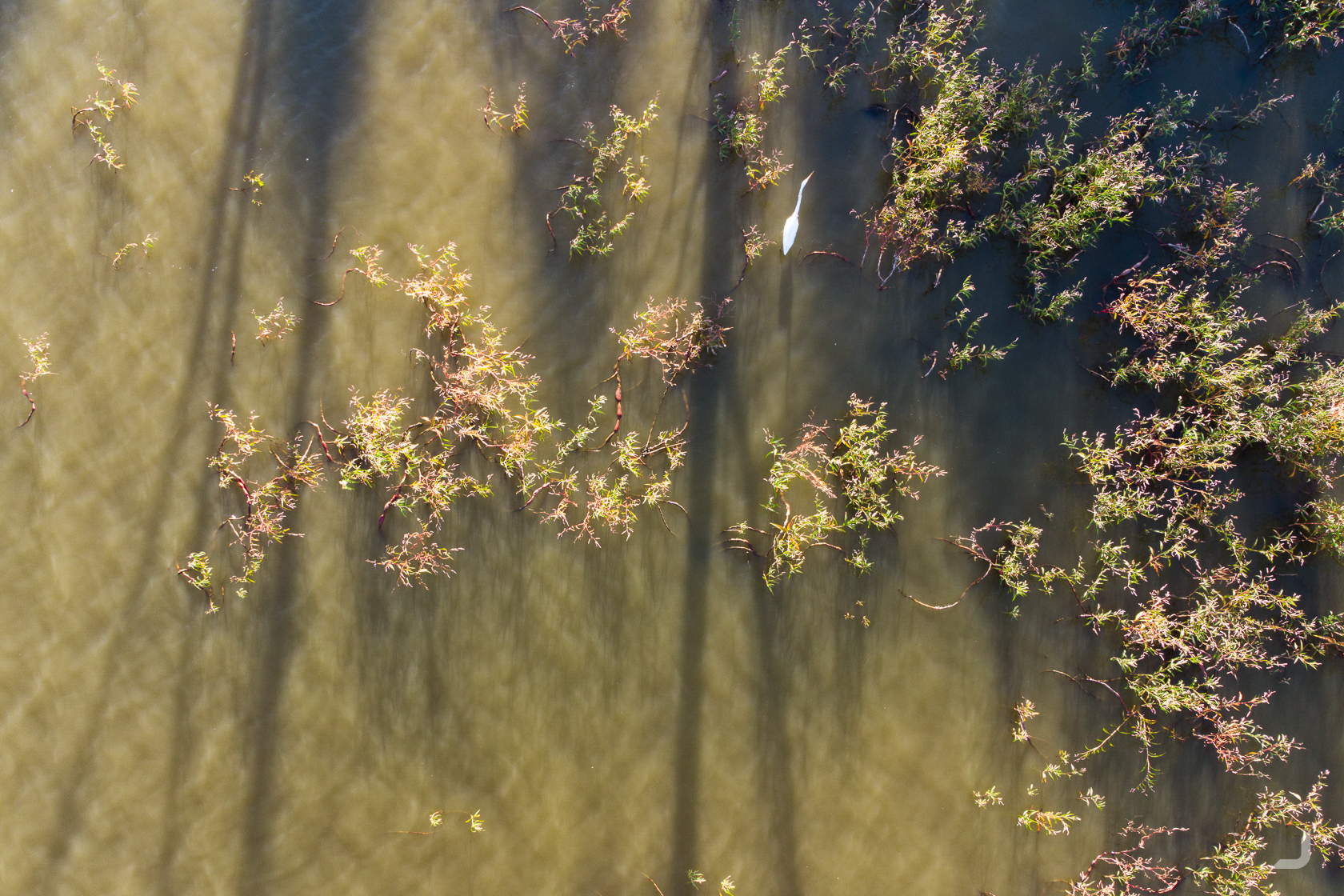
An egret forages amongst the aquatic vegetation in the waters of the Yarradda Lagoon.
-
Yarradda Gumtree
Australia
A dead eucalyptus rises from the waters as the sun sets at Yarradda Lagoon.
Mungo National Park
The discovery of ancient human remains in Mungo National Park led to the declaration of the park as a World Heritage Site in 1981. Mungo Man and Mungo Lady were found in the 60’s and 70’s and date back to around 42,000 years ago, which makes them, according to Lance our tour guide, the oldest human remains ever found outside of Africa. It’s also home to 17 dry lakes with an impressive wall of dunes between two of them, called the “Wall of China” (because Chinese labourers worked there in the past). These dunes feature a range of photogenic lunettes that turn into a deep red colour at sun rise and sun set.
Three Tribal groups of Aboriginal people share the traditional Country today: the Paakantji, Ngyiampaa and Mutthi Mutthi.
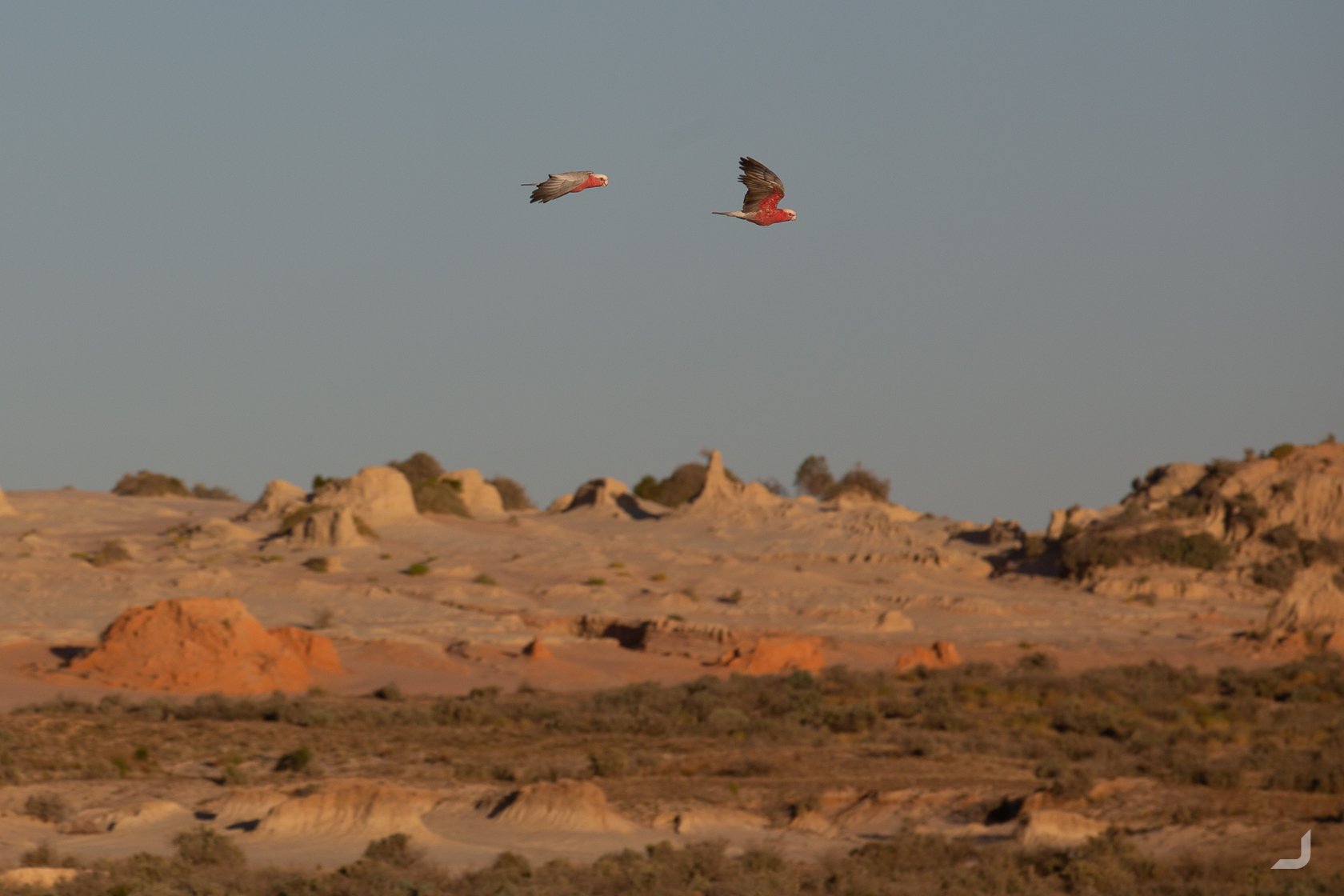
Pink cockatoos flying over the “Wall of China”, a range of lunettes that are the geological remains of many years of erosion.
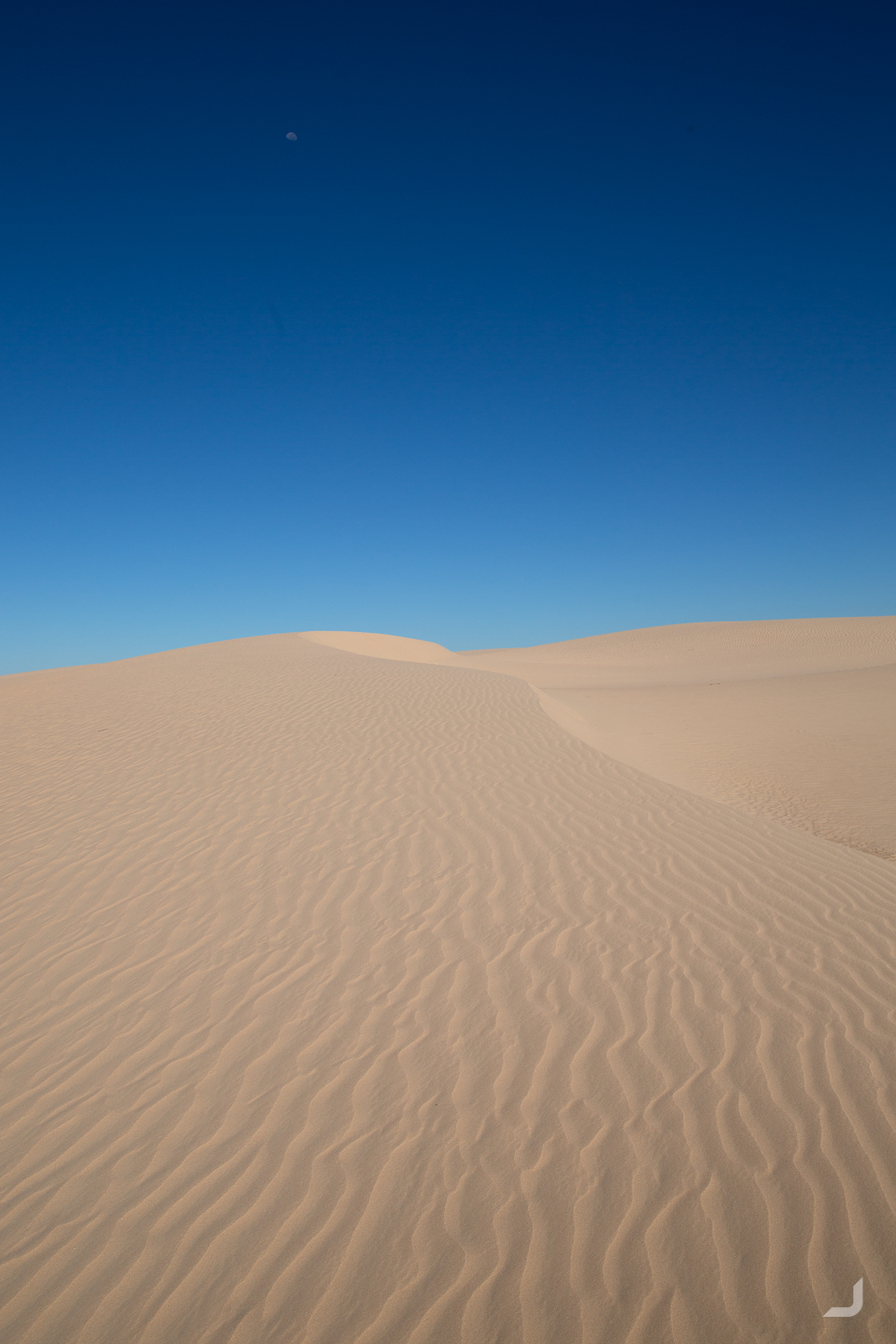
On the other side of the “Wall of China” more conventional sand dunes cover the plains.
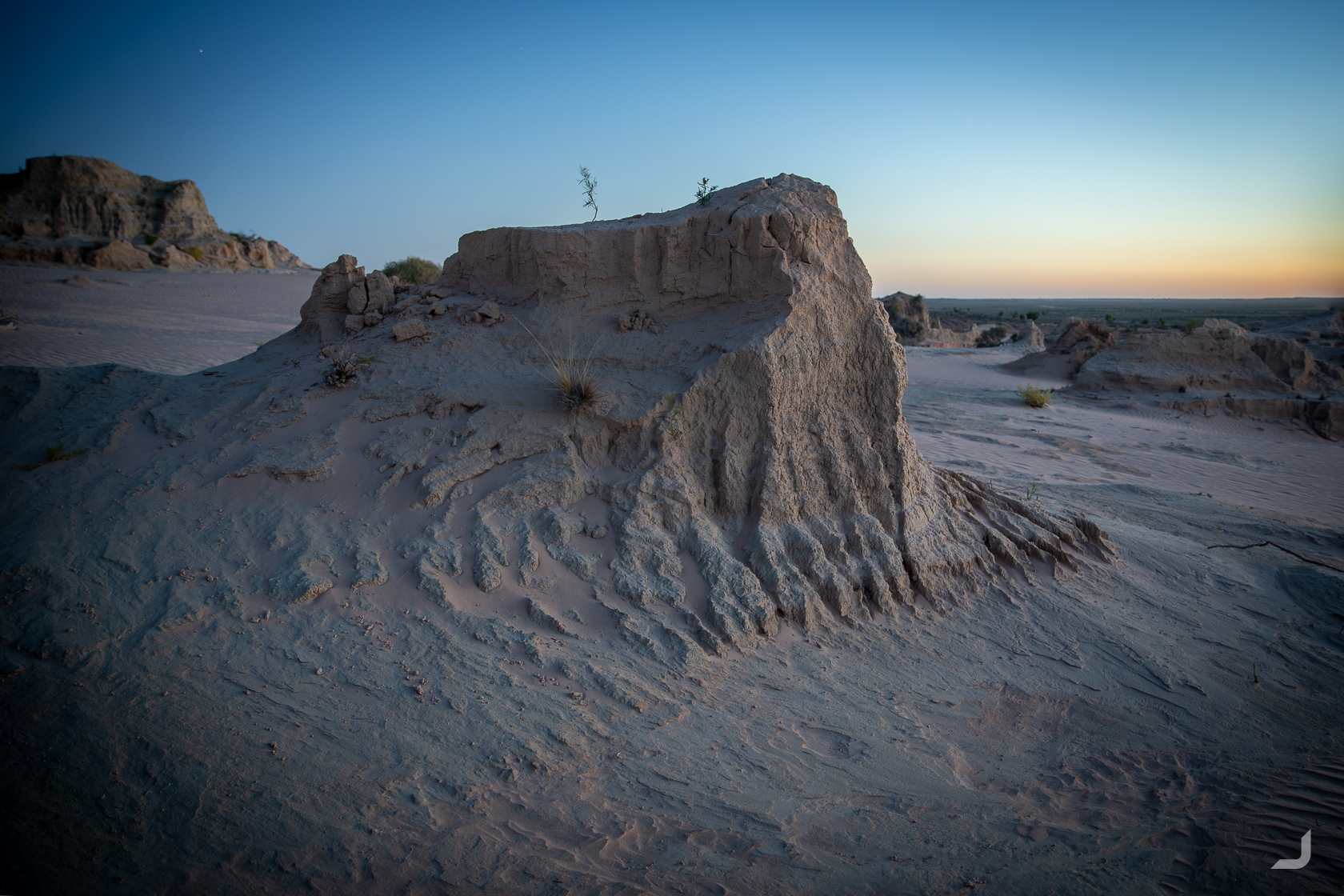
A lunette up close at the “Wall of China” just after the sun had set.
According to Lance, the soil is rich with minerals that mining companies would love to mine, but because the land is declared a heritage site they aren’t allowed to. However, the sand is slowly shifting north so the mining companies bought all the land to the north, waiting for the soil to arrive.
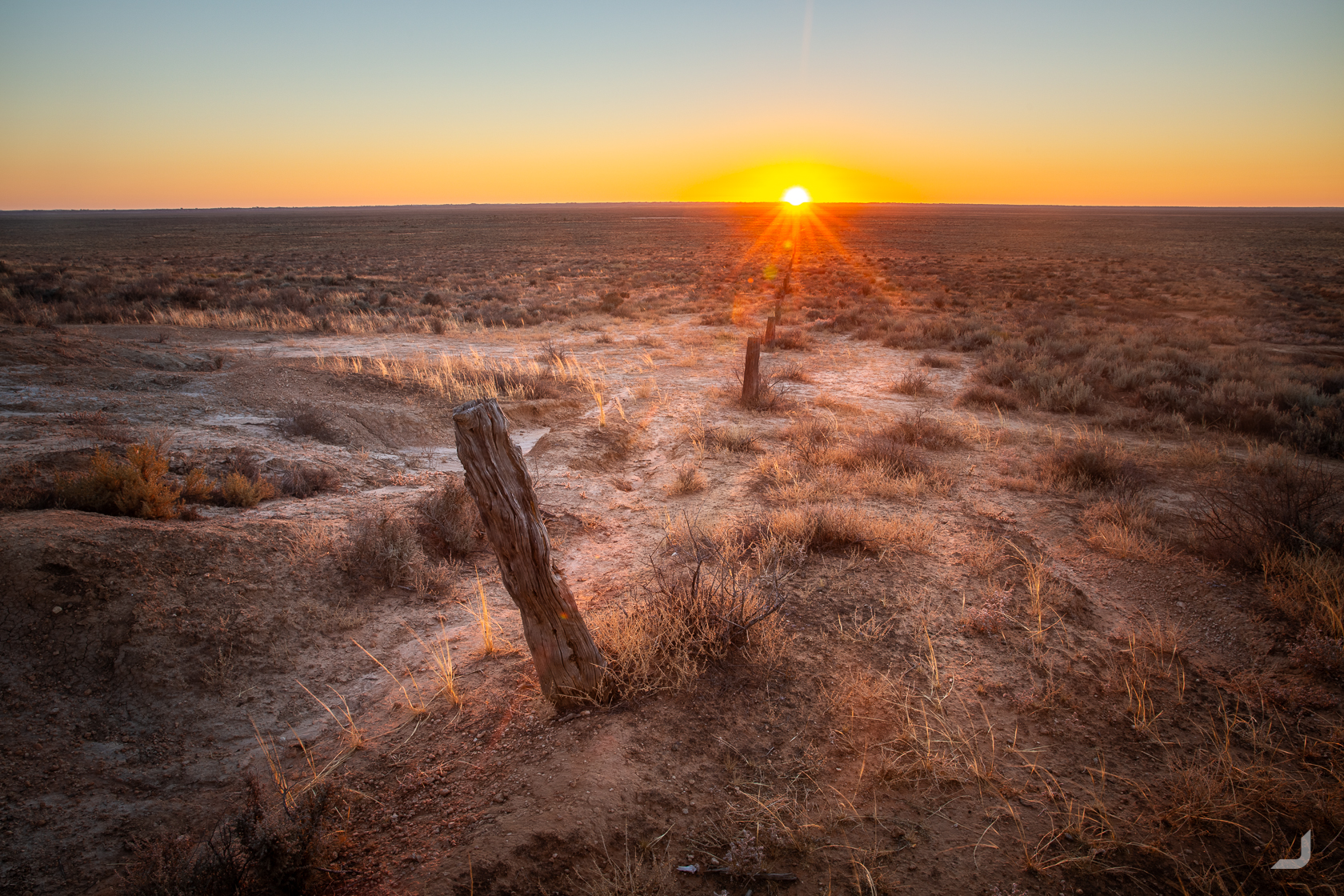
The sunrise view in one of the dry lakes looking towards the “Wall of China” which still has remnants of a sheep shearer fence. These were kept straight by lighting up a fire and working their way towards the smoke.

Both grey and red kangaroo’s roam the plains and seek out the shade of trees to stay cool.
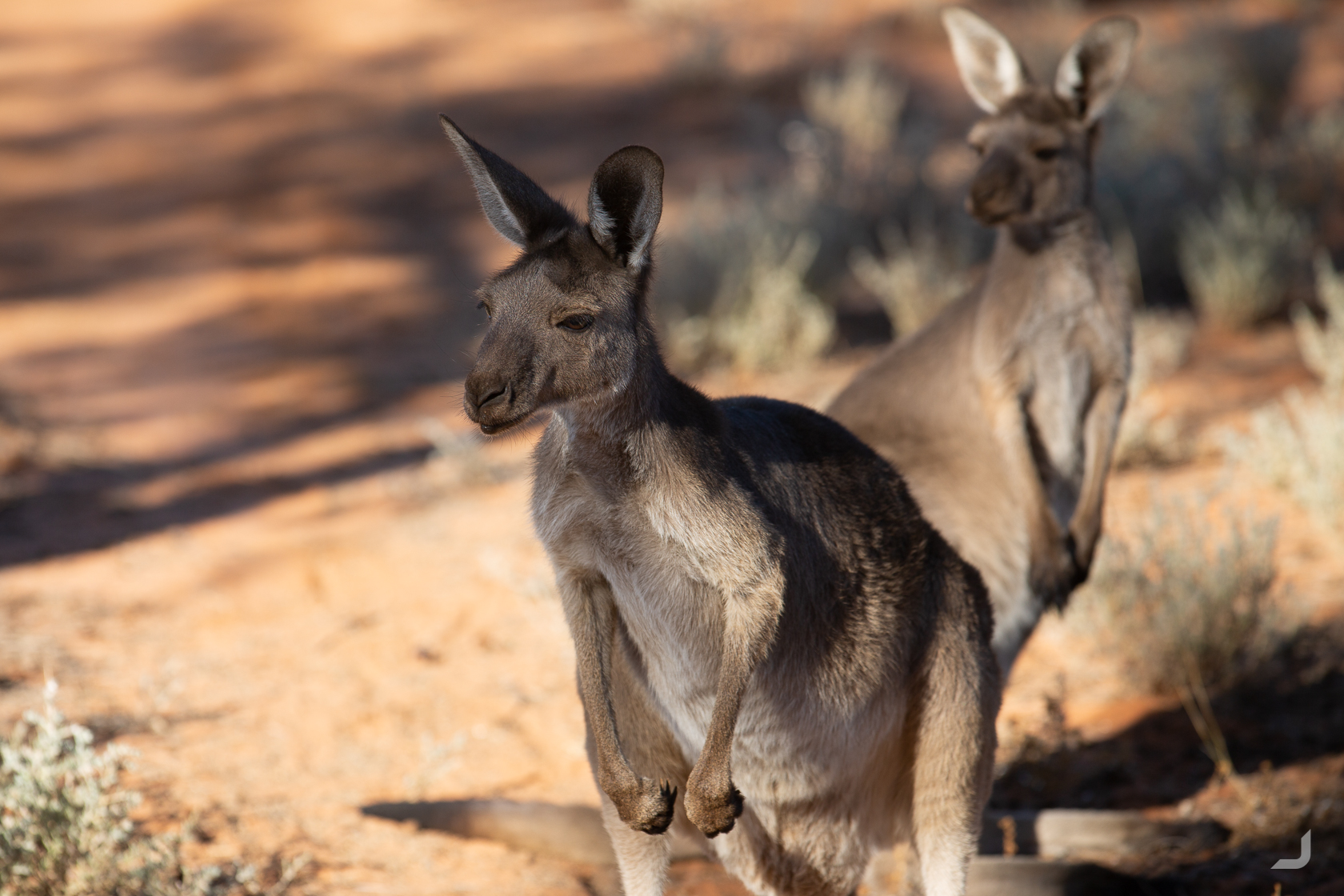
A couple of grey kangaroos curiously explored our campground.
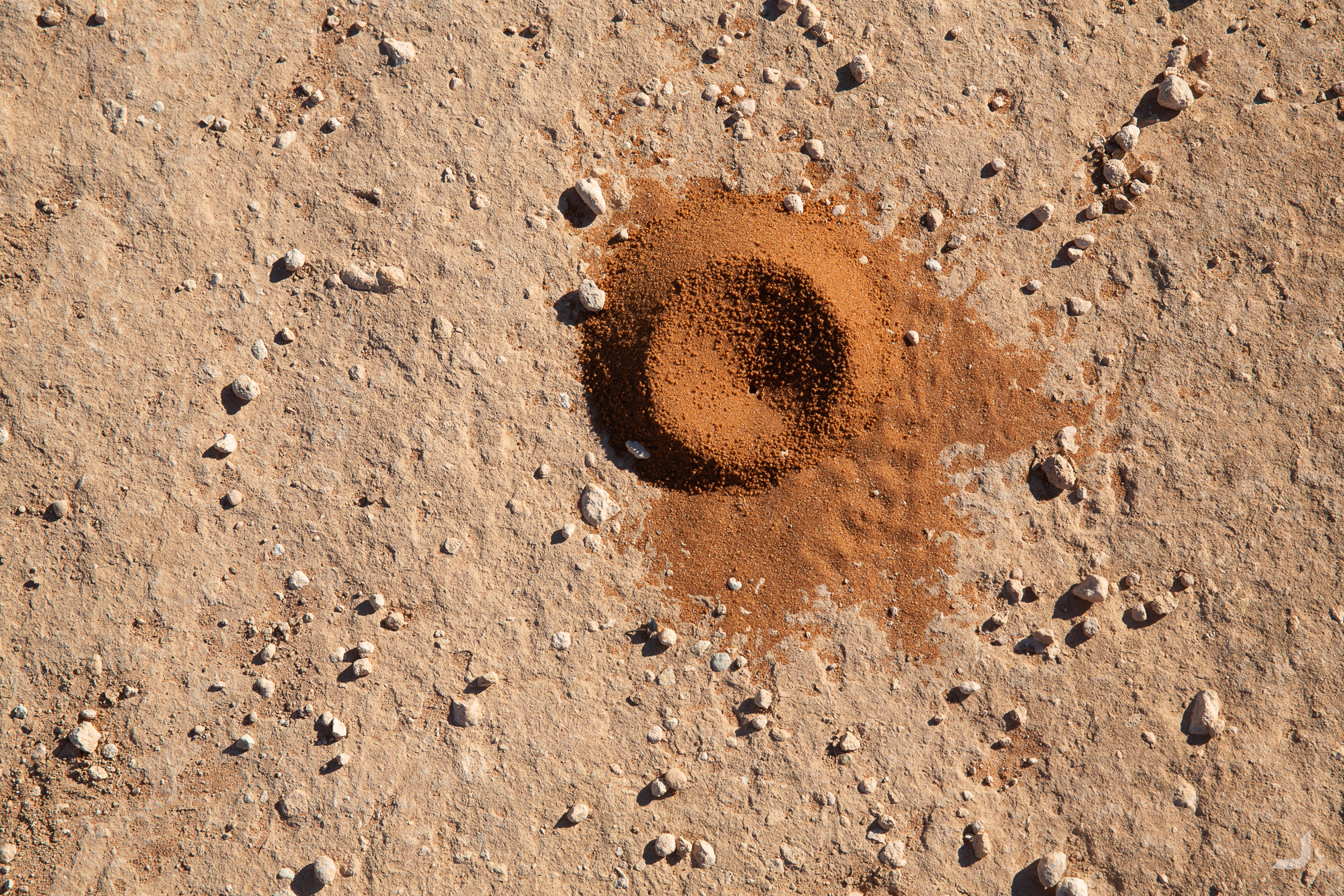
An entrance to an ants nest in a perfectly oval shape.
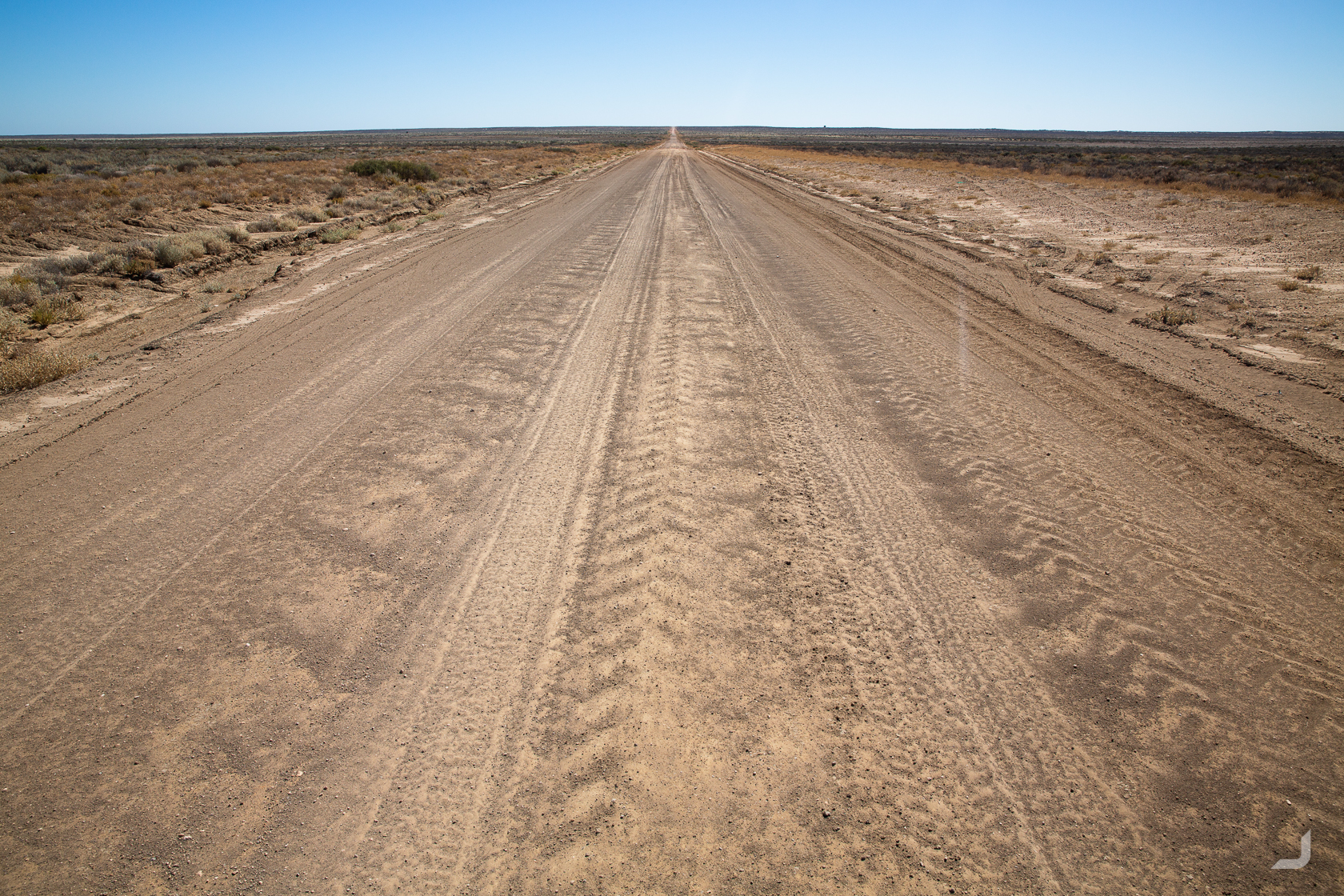
The view that is seen most when driving through the outback of New South Wales.
Menindee Lakes
The Menindee Lakes are a system of 19 shallow lakes, of which 9 are fairly large, located a few hours drive north from Mungo and belong to the Barkandji people. Barkandji literally means “people of the river”. The lakes rely on replenishment from the Darling River and during our visit, only Lake Pamamaroo and Tandure Lake had water.
When we spoke to the locals, they seemed pleased with the little water there was. In contrast, during the droughts of 2019, more than a million fish had died due to the lack of environmental water in the Murray-Darling Basin.
Apart from the droughts (which appear to happen more frequently), mismanagement by the state and prioritising water flows to cotton farmers are pushing the system further towards ecological collapse.
When water does arrive, the system becomes home to a vast array of native birds and plants.
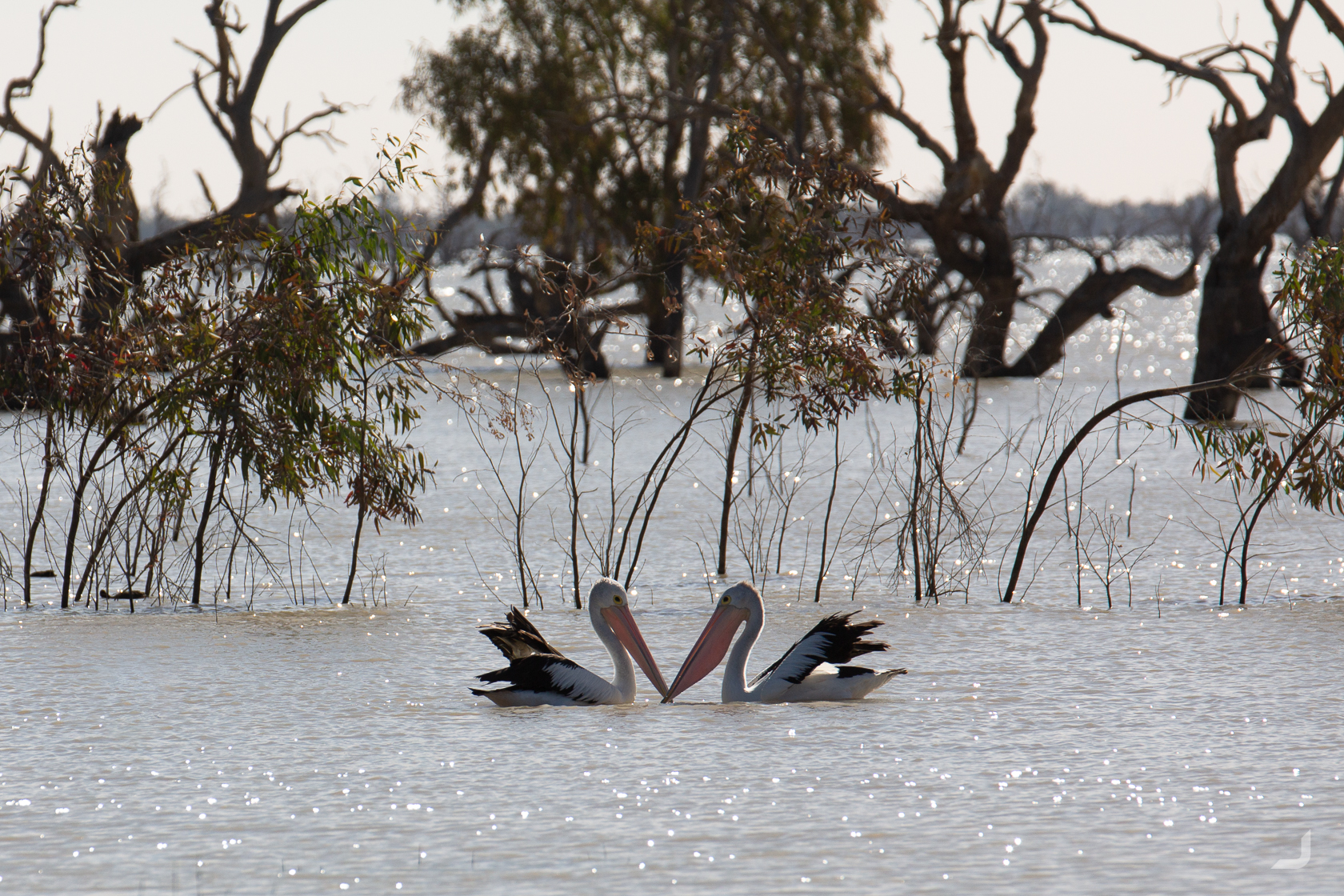
Two pelicans meet on Lake Pamamaroo.
-
Menindee Memory
Australia
Dead black-box eucalyptus trees rise out of the water at Lake Pamamaroo. The Menindee Lakes are according to scientists an ecological catastrophe due to too much or too little flooding.
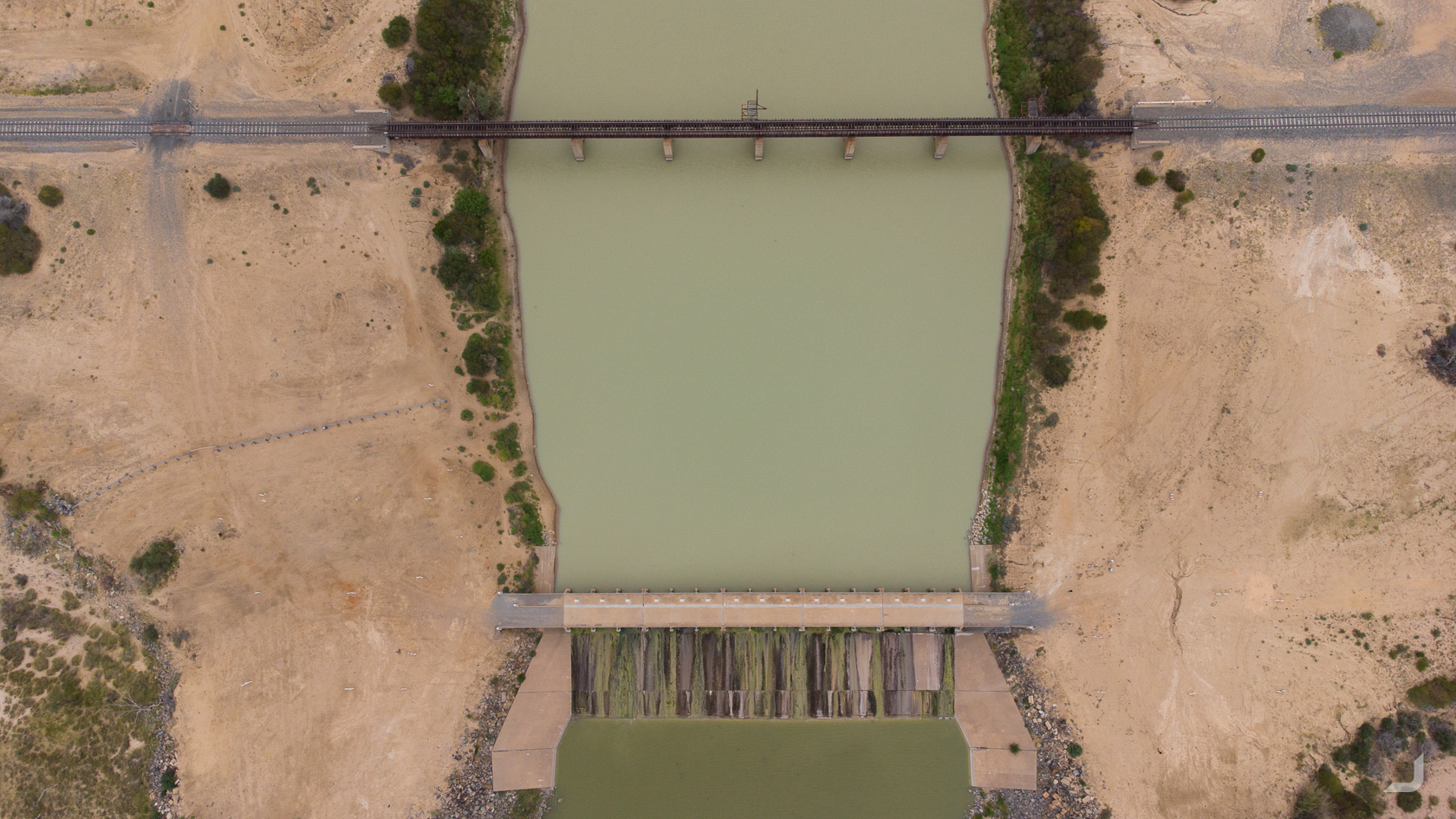
The dam that controls the water flow from Lake Pamamaroo to Menindee Lakes.
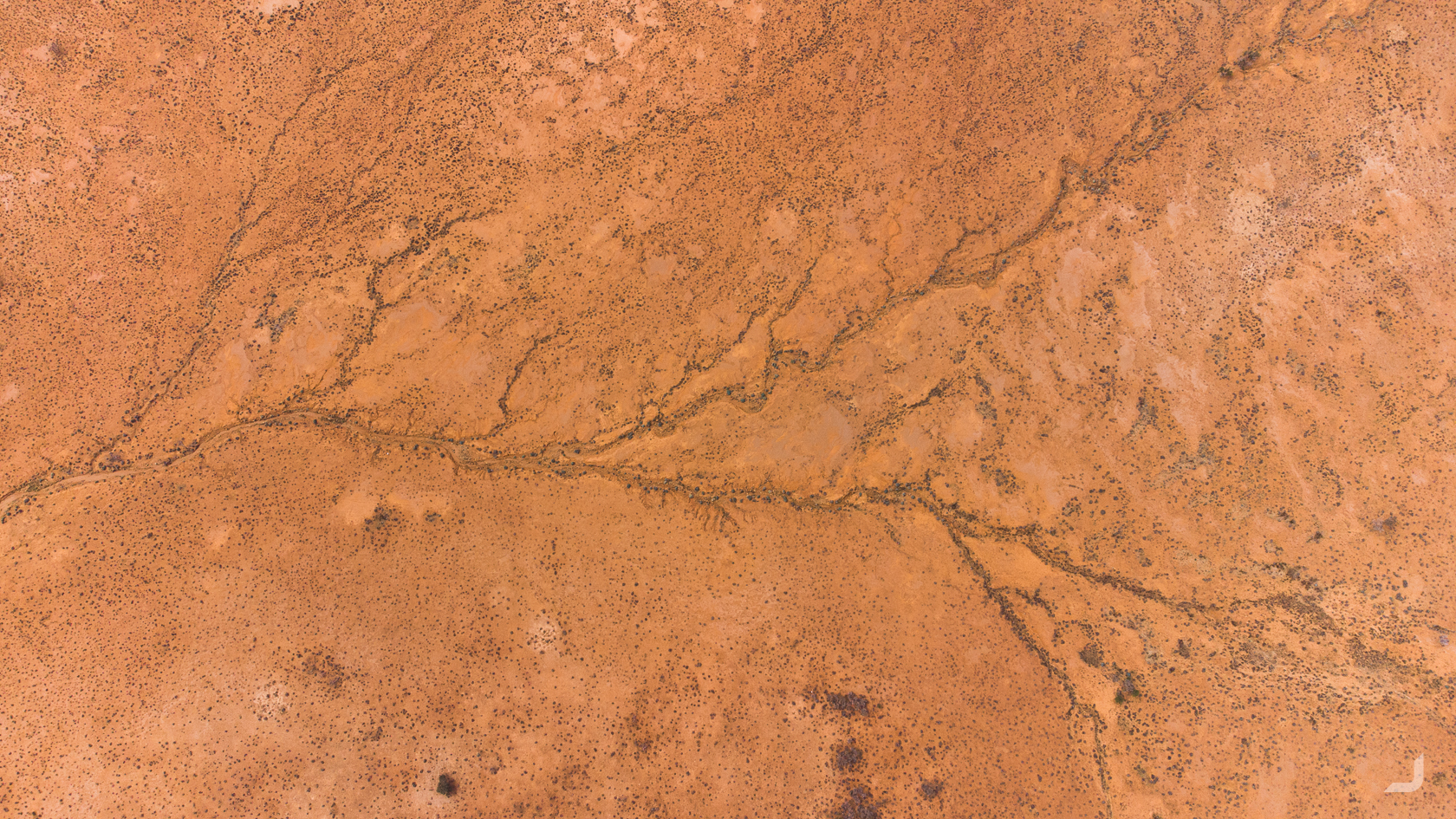
A dried up river from above in between Menindee Lakes and Broken Hill.
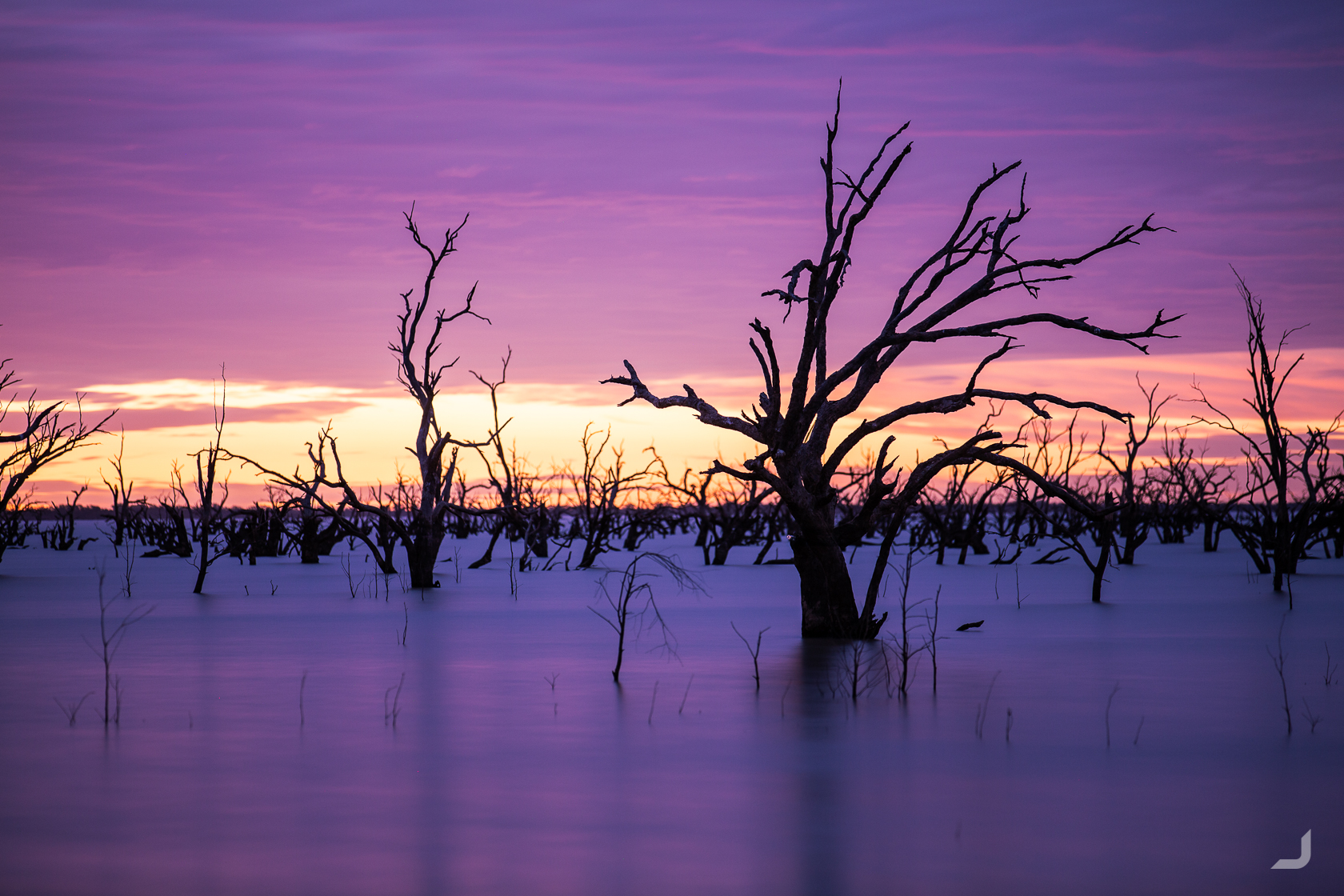
Sunset at Lake Pamamaroo.
-
Menindee Cormorant
Australia
A cormorant dries his wings near a dead black-box eucalyptus at Lake Pamamaroo.
Broken Hill
Even though Broken Hill is located in New South Wales, it follows the time zone of South Australia (which this map nicely illustrates). I took the train from this city of roughly 18,000 people back to Sydney. The 14 hour train ride only departs once a week, so I was a little early to be sure not to miss it.
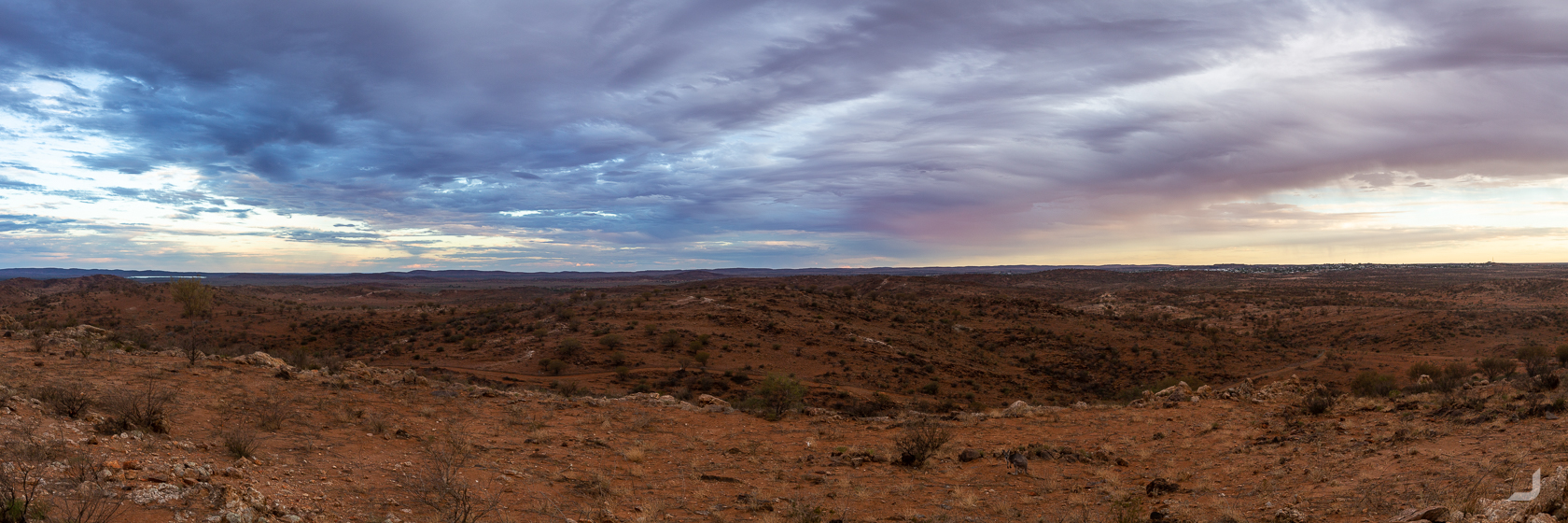
The view overlooking Broken Hill (top right) from a hill near the Living Desert Sculptures. Can you spot the kangaroo?
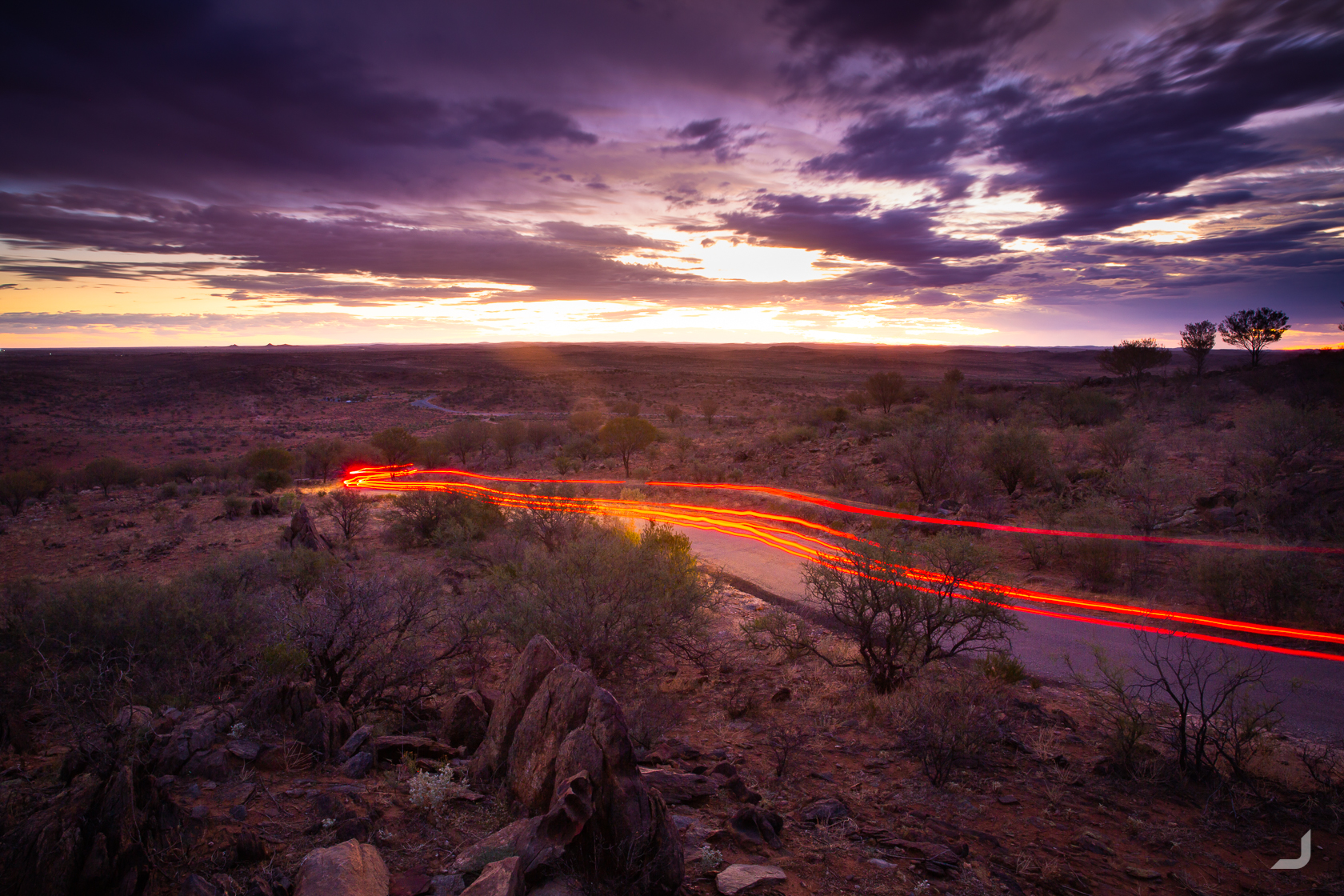
A departing car from the Living Desert Sculptures hill leaves a trail of light on my camera that was set to expose for 30 seconds.
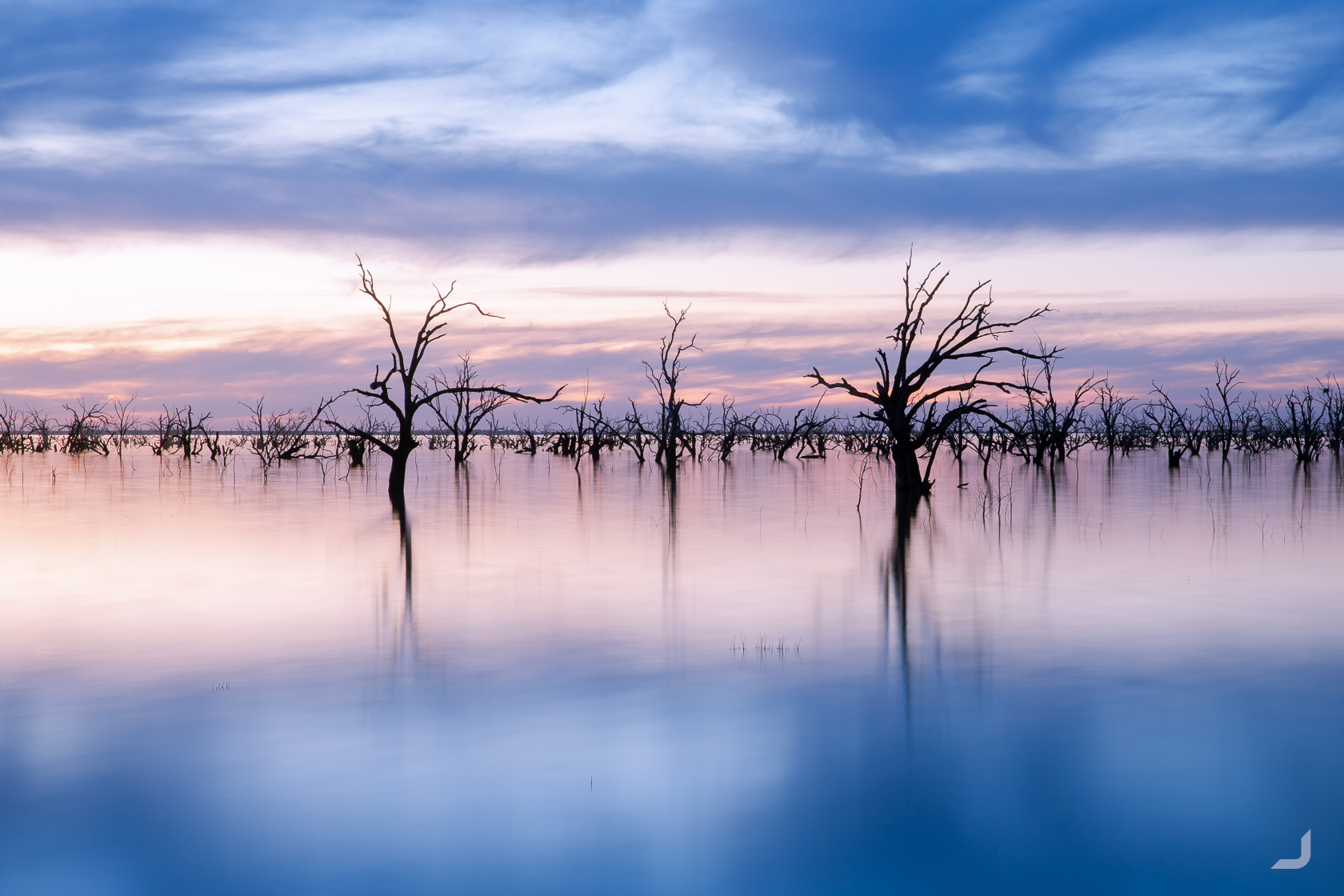

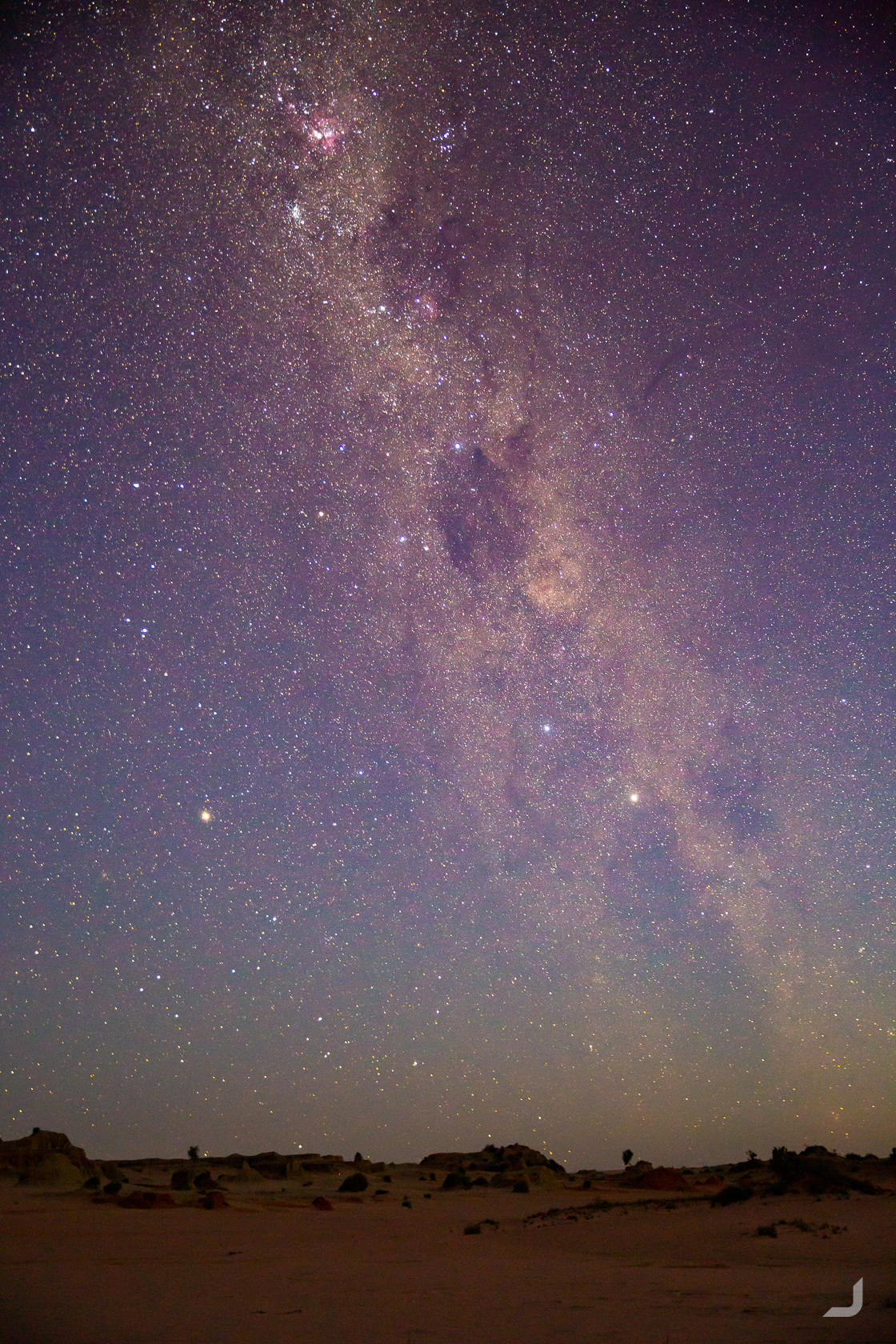


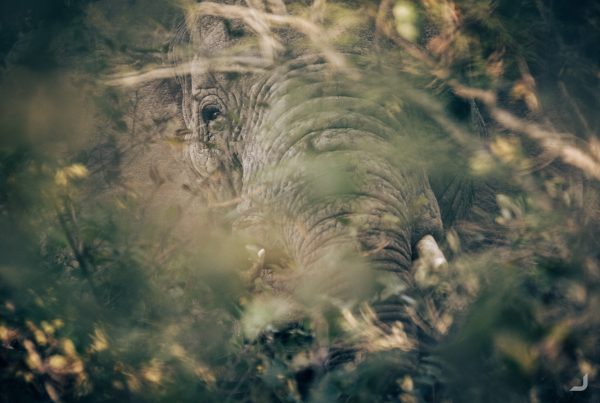
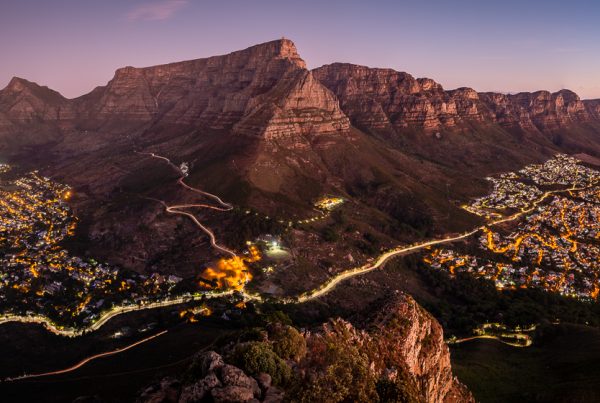
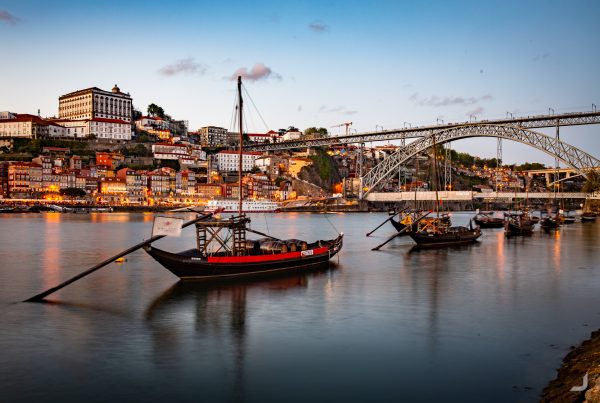
Amazing write up and photos! 👍